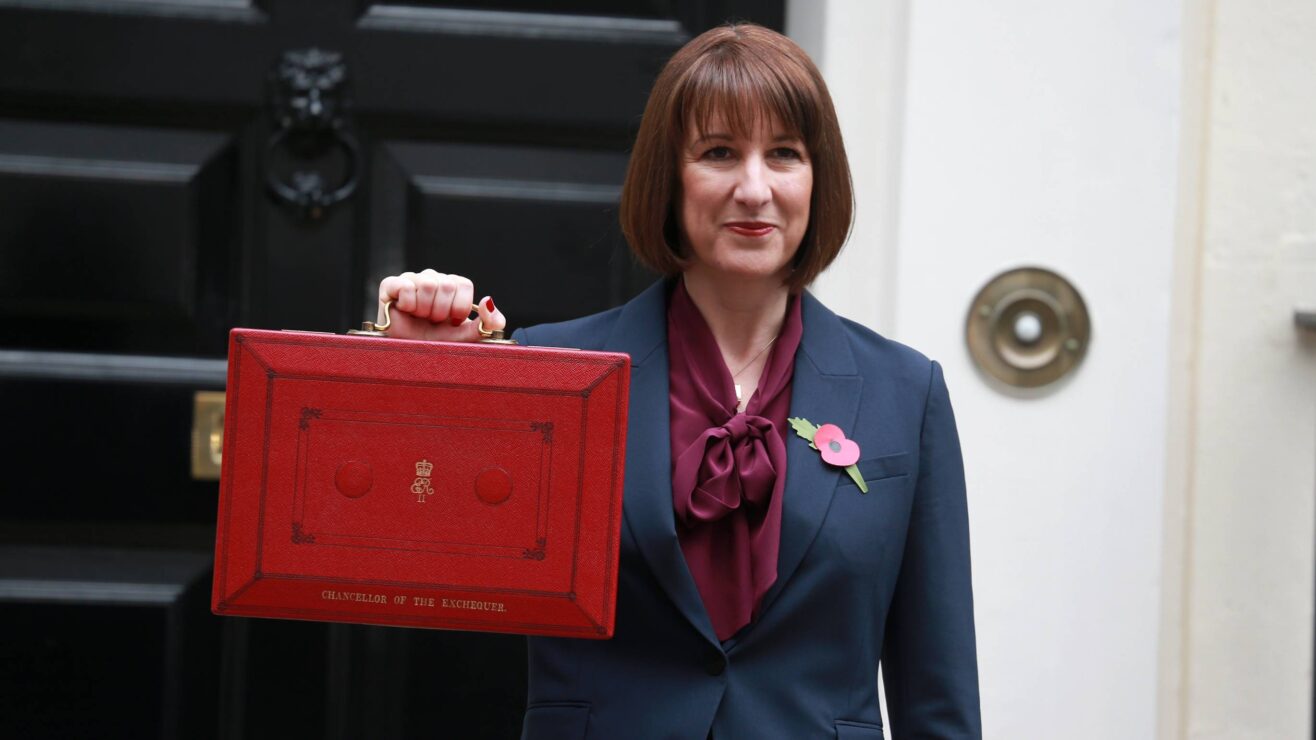You might have missed it amidst the recent flurry of higher education initiatives, controversies and debates, but we are only just beginning to understand the impact of one of the last UK government’s flagship HE policies.
The domestic taught postgraduate market in England has seen a radical transformation with the introduction of income contingent postgraduate loans of up to £10,000 for the academic year 2016-17.
What we know
In England, there has been a 22% increase in the number of enrolments onto full-time postgraduate courses and an 8.6% increase for part-time students. Though (as ever) correlation does not equate to causation; the figures would suggest that the introduction of an income contingent loans system for UK and EU students to pay for their fees and maintenance – as opposed to bank loans or personal savings – has had a significant impact in boosting numbers.
This has reversed what had been a worrying decline up to 2015-16. Full-time postgraduate student enrolments had declined by 1% in 2015-16, and 0.2% in 2014-15, and the decline had been even more dramatic in part-time postgraduate study, with a decrease in enrolments of 5% last year.
What we don’t know
Quite a lot. The topline figures released by HEFCE as an update to its running ‘key facts’ series do not contain any more detail and are not part of an official release. Indeed, it is highly unusual for such data about the 2016-17 academic year to be released so early. The official HESA dataset of student enrolments for this academic year won’t be published until next January.
The early release suggests that, in light of worries about undergraduate, nursing, international, and EU markets, the sector was desperate for a good news story to circulate. The government was too. Jo Johnson has said: “it is great to see that our new loan for postgraduate study is already helping tens of thousands more people from all backgrounds study for an advanced qualification and that postgraduate study is now at a record level.”
The next DLHE release in June might give us some insight into whether the upsurge in enrolments is from the 2016 graduating class, or a big return to study by older graduates who have spent some time in work. It may be even longer until we have any idea about whether the loans have really ‘widened access’ to those from less wealthy or less privileged backgrounds, given the lack of a comprehensive centralised admissions database for postgraduate courses. Yet the increase in part-time study is encouraging here: 60% of UK part-time postgraduates in 2015-16 were women, while two-thirds were aged 30 or over.
In the longer term, there could be any number of knock-on effects of this policy. Will a Masters degree become the ‘new 2:1’ for the top graduate schemes? Will it lead to a commensurate boost in applications for doctoral study, particular when new doctoral loans are introduced? And what will the overall effect be on the size and shape of the student loan book?
There may also be strings attached. Talk abounds of a postgraduate TEF, or at least a postgraduate NSS, as the ‘price’ the sector must pay for this new gift the benevolent government has bestowed upon them. Yet overall, the policy, for now, can be called a qualified success, and this news will further encourage the devolved governments in Scotland, Wales and Northern Ireland, each of whom will be introducing postgraduate loan schemes for 2017-18.













